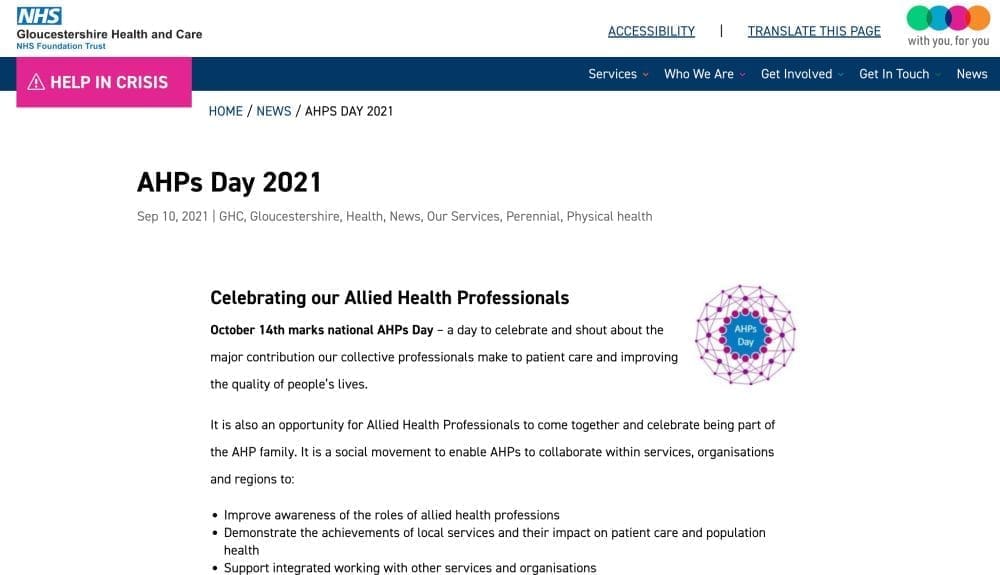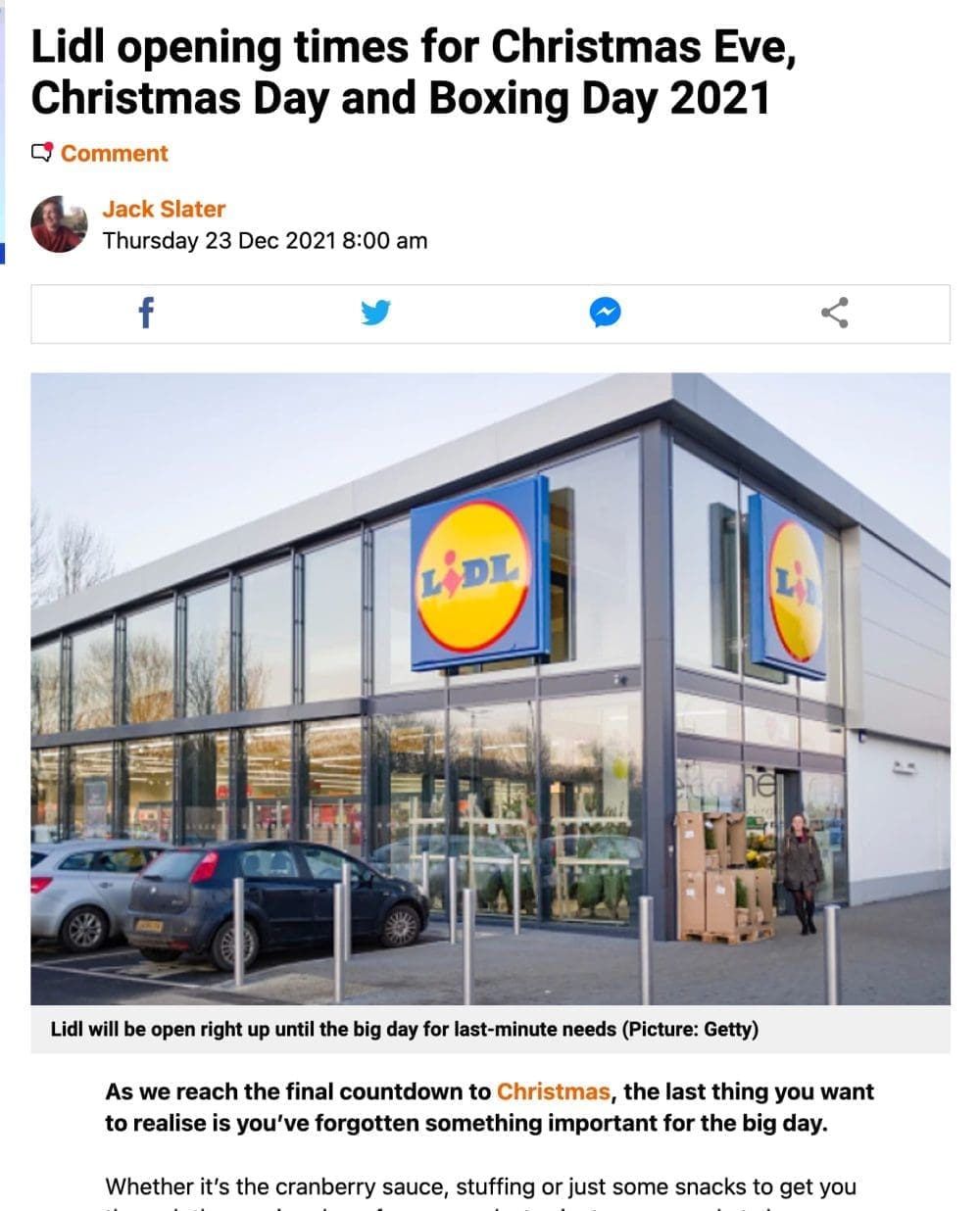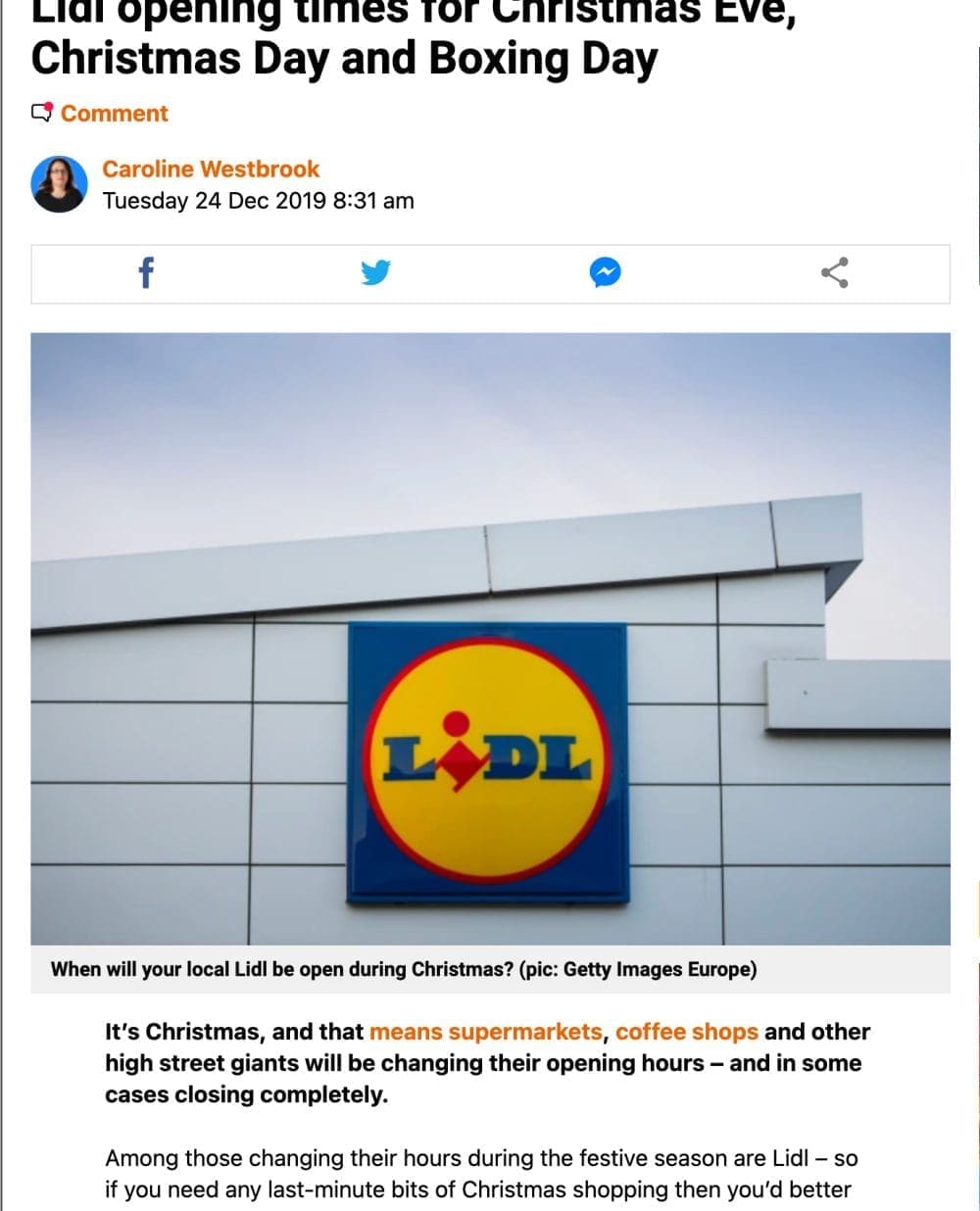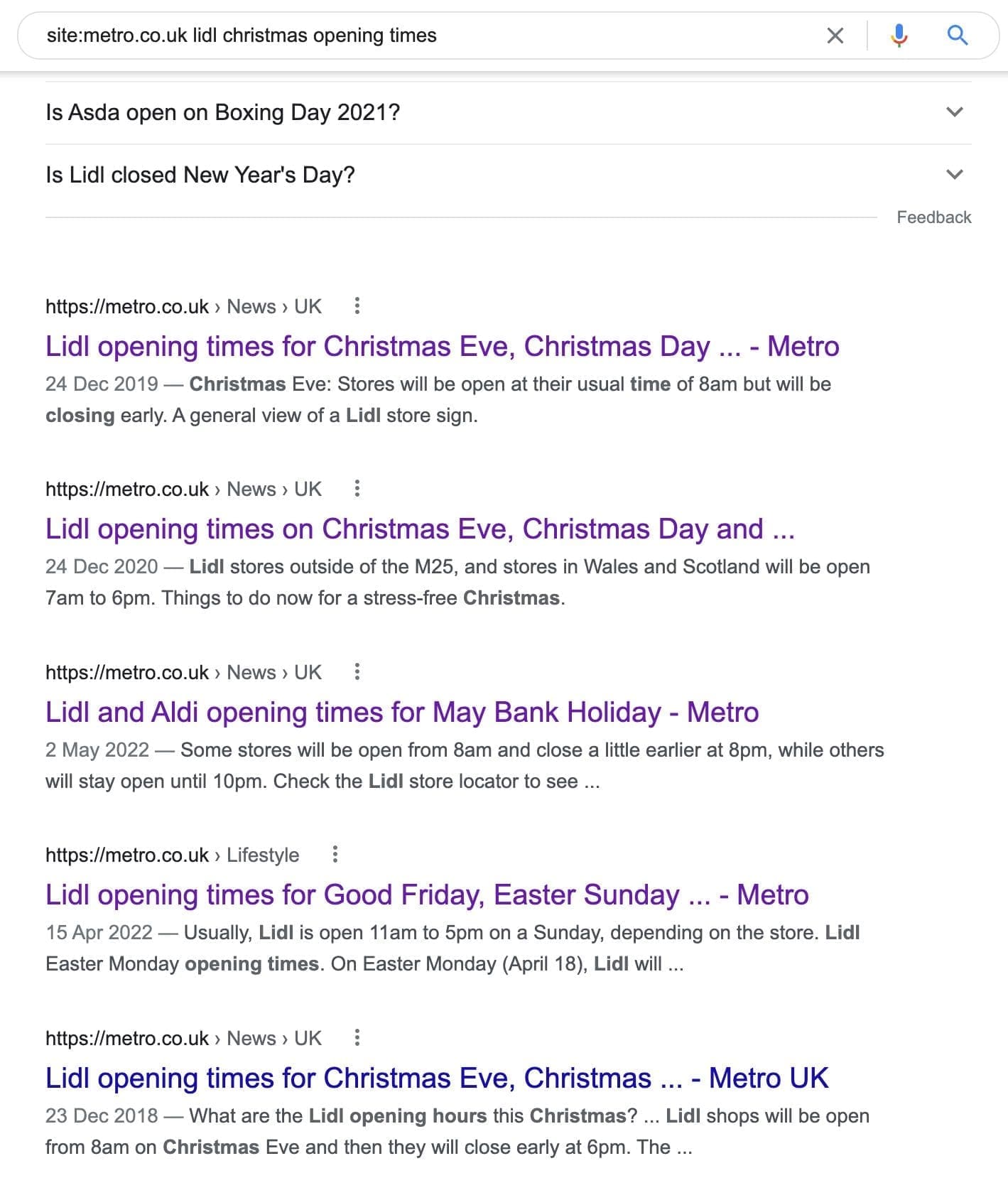We all have articles and blog posts that come around every year and are, or should be, part of our content calendar. For example, Christmas, Easter, mental health week, pride month – the list could go on, especially for a major organisation. These “hardy perennials” that pop up without fail every year can be used to feed in to a blogging strategy that will save you time, increase your SEO health, make that content calendar easy to deal with and help with your sanity. This method allows you to work smarter not harder with SEO.
What is the Perennial Blog Strategy?
A Perennial Blog Strategy is the merging together of recurring yearly blog posts to have one post that is updated, added to and republished.
Take for example the age old merry Christmas post, which most organisations have, or perhaps a Christmas opening hours news article. A new one is created every 12 months and generally gets swallowed up among all the rest of the content.
Next year you create a new Christmas related post, and the cycle continues. But the old ones are hanging around, showing misinformation, and using up valuable search hits, until someone does a purge of under-performing posts.
The perennial blogging strategy says to take all those similar posts, merge them together, and then, when the year comes around again, add and edit this post and republish.
Tips for Using Blog Posts more wisely
If your site has been running for a while you are likely to have a whole series of blog posts that are very similar every year. Over time these blog posts will become out of date, the urls to the posts will become ever more strange (e.g. christmas-updates-3 ), the content will mark badly on content repetition scores (We use Siteliner) and, worst of all, older posts will never be visited and will therefore cause drag to your overall SEO score.
This perennial post strategy tells you how you can make use of these older articles and use them to create a simpler marketing content strategy over time. But first a little cleanup is required…
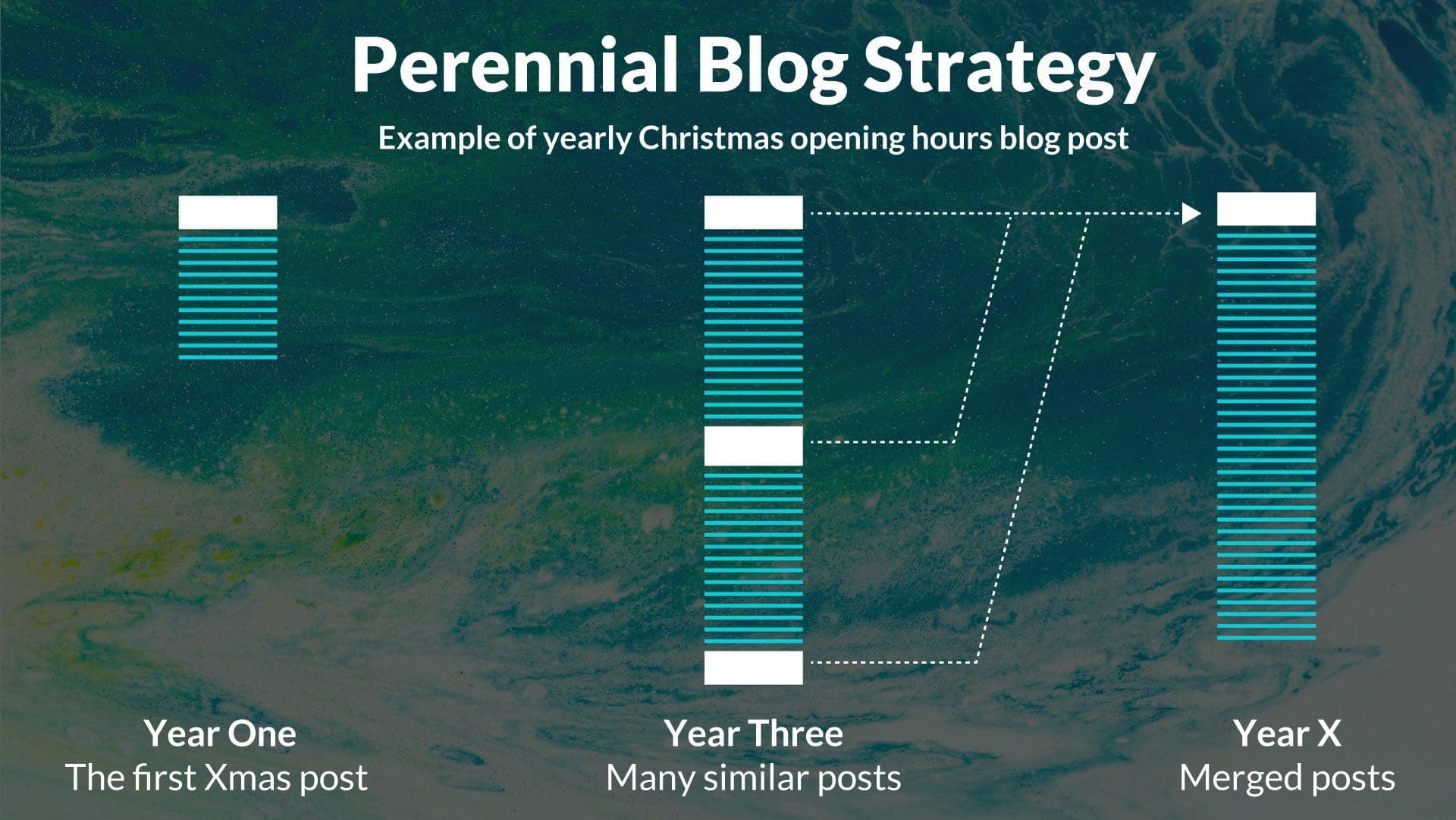
How to implement perennial blog posting
1. Make a list
Make yourself a list of all the urls, and put this list into similar posts – ones that pop up every year. In doing so you are creating a list of Perennial Content, or just look at your content calendar, or even all of your old blog posts. Even better make a list on a spreadsheet. You will need a list of all the old urls later for redirects…
2. Tag content that is perennial
Tag all the posts all with a category or tag of your choosing (we are talking WordPress blogging language here). I have used “perennial”. This tag is more for your reference than as having any SEO benefit. It won’t harm anything either.
3. Merge similar content
For each group – for example all the Christmas ones, merge all of the content into one long post. Perhaps use the latest or most fully featured post as the base. You are looking to stack up the articles on top of each other, with the latest to the top, working your way down.
If you like you can tag articles with the year, by adding horizontal rules and h2 titles. In other words the Christmas article from 2021 might have a hr rule, then a h2.
4. Edit and prune
You will notice that a LOT of this content is very similar indeed. So edit it and delete any bits of repetitiveness. Be brutal.
5. Change the slug to be generic
Now change the slug (or url) from say
example.com/christmas-2022
to be
example.com/christmas-updates
ie something without a date that will work forever.
6. Delete and redirect
Now delete all the christmas posts you have used, bar this new uber post.
Add 301 redirects from all these posts to this new perennial post.
Make sure you include the url change of the post you changed.
Do a search and replace to change any incoming links to these articles (Though the likelihood is there are very few).
What now?
What you should now have is a much more limited number of posts (in our case study example below we reduced the number to a tenth). These posts are longer, with less repetition.
Next year, or whenever you next want to do an update, the first thing you and your team should do is check that list of perennials – remember that tag we created first of all?
If you are about to make a new post for Christmas – don’t!
Instead take the blog post above. Add to the top of the post, change anything you need and then republish by changing the publish date. The post will go to the top of the your blog listing pages.
A big part of the task is education, especially if there is a team of writers. It can take a while for this strategy to be adopted as for many this goes against the grain of what they have been told, and perhaps what seems logical. Be persistent, and keep on about the benefits…
Why does this work?
For one thing this will save you some time.
Your content calendar is built into the process, the “Do What You Need to Do” Strategy becomes easier. Perhaps all you need to do is update an old post rather than write from scratch. For example “Mental Health Day” might have the same events happening, but with venues and details changing.
Also remember events, such as your Annual General Meeting (AGM) day, might have phases that you may ordinarily write about separately. You share some news that an event is about to happen. Then you separately write about what happened and how great it was. No longer – these posts should all go on top of this steadily building article. Again remember to delete and edit as you go.
By having one article and not many old ones this keeps information up to date – no more having out of date information on your site. The process of culling will show how things have changed – or not.
How To Get Blog Post Ideas
We all know that we should be spending a long time writing that 10,000 words killer blog post. Also known as the One Blog Post a Year theory that says it’s not quantity but quality that matters. But this perennial strategy might inform what to do with your blog posts, create your content calendar for you, and leave you time to concentrate on that seriously awesome piece of content.
Google is ‘happier’ because it likes:
- Longer posts containing more information.
- Posts have longevity – this post will be around a long time and will have the benefit of redirects from all the source posts.
- Less duplicate content.
- Less out of date pages.
Another really important aspect of merging or stitching similar posts together is you realise how much of your content on these pages is unnecessary. When you merge the content into one page you need to get rid of anything that is: repeated within the page; out of date; or irrelevant. This again is the problem with old articles that rarely get looked at, either by you or your users.
As an aside, you should also look at unvisited posts and think about killing them off or taking any useful snippets of information and building something entirely new. Go to your analytics and look at posts (news articles) visited for the last year. Save this off as a spreadsheet. As well as marking similar posts as ‘Perennials’, as above, also pick a visitor number cut-off for pages that have no SEO worth. This depends on the visitor numbers to your site. Perhaps less than 30 visitors is a good number. Any news article with less visitors than this in the last year, should be trashed or merged into other posts. For example, for a recent client, we used content from non achieving posts and added some of this into FAQs on relevant product pages. We also merged some of the longer pieces into existing high performing blog articles. The content was good but the post was not visited – and therefore we made better use of that content.
The perennial blog post strategy taps in to the Skyscraper principle, though you should consider this as Skyscraper Lite. A skyscraper page is a HUGE page which contains everything you could ever want to know on a subject. The idea is that Google sees your page, and recognises that there is no other page on the Internet that is more authoritative than yours. Why go anywhere else as your page contains everything you want to know? Then as more folk visit and engage (in terms of time spent or clicking around) you get more engaged traffic, so Google sees no reason to take users anywhere else. We have used the Skyscraper principle many times on such varied articles such as Eating Disorders Glos. or The Illustrated History of Porsche.
Takeaway: A recurrent blog post may be different every year but will always be something interesting.
Whenever you write a blog post, or update a new one ALWAYS have in the mind the following metrics: Is your post useful? Is your post entertaining? Is your post needed? Use our WWW principle and decide if the article you have written is good enough to be received. Would you share this if you were not paid to?
The other principle of content on the web is to “think like Google”. What does Google want, how does it think?
How is this different to evergreen content?
Evergreen content is content that continues to be ranked and visited long after you publish it.
You could say that this perennial content strategy is very similar. But this is different in that it is a switch to how you normally work and it is a way of mopping up messy bits of blog content. Evergreen content are those killer blog articles, that you can refresh and update as you wish. Perennial is more about yearly event based items. I think we should push for more formal definitions of both.
An example of Perennial blog posting strategy.
We have used or proposed this strategy for many of our clients. One the latest and best examples was for Gloucestershire Health and Care NHS Trust. We have looked after their website(s) for many years with our relationship outliving the renaming and merging of the trust. As such over at least 10 years of continual content creation there is a lot of blog articles, and we had a huge tidy up as part of our 2022 Accessibility project.
The good thing about this strategy is the perennial category is open to all. So see all of our blog posts that come up yearly here:
And if you look at a couple of posts from this list, for example this one:
https://www.ghc.nhs.uk/news/national-hiv-testing-week/
You can see how some of the content has been merged from across the years. Note how the videos don’t look the same, although the content is still valid.
This article too is a good illustration of the title being updated but the slug, or url being more generic.
ie. /ahps- day-2021/ vs /ahps-day/
And this one shows how you can build up towards a skyscraper of content by adding and editing older posts one over another – a history page if you like:
https://www.ghc.nhs.uk/news/get-involved-at-the-big-health-check-day/
An example of traditional Perennial posts
Conversely, let’s also look at an example of what not to do, from Metro
https://metro.co.uk/2021/12/23/christmas-and-boxing-day-2021-opening-hours-for-lidl-15720109/
Compare this with one from Heart FM (I know, it is pretty random)
https://www.heart.co.uk/christmas/supermarket-opening-hours-christmas-new-year/
The differences are primarily in the format of the URL. The former, Metro article, will need a new article every year, with the now old post sitting there, getting old. The latter, Heart one, will be updated next year. This means the article will become fresh, Google doesn’t have to think too hard about where to send traffic, and the site is therefore given a higher index.
Note: It could be argued that a news outfit such as Metro UK should always have separate articles for different years – hence they also have the date of publication in the URL. I would still argue that in this case the article should be redirected when a new one is made. More likely it will hang around with inaccurate information AND draining valuable clicks.
Here are some old ones from Metro, just to prove a point. Note the URL and the similarity of content.
Why call it perennial?
A perennial plant or simply perennial is a plant that lives more than two years. The term (per- + -ennial, “through the years”) is often used to differentiate a plant from shorter-lived annuals and biennials. Wikipedia
A perennial is a gardening term – a hardy perennial is something like a daffodil that pops up every year without you doing so much.
To us this seems to suit the aim of this strategy, which is to work smarter after an initial bit of ‘planting’.
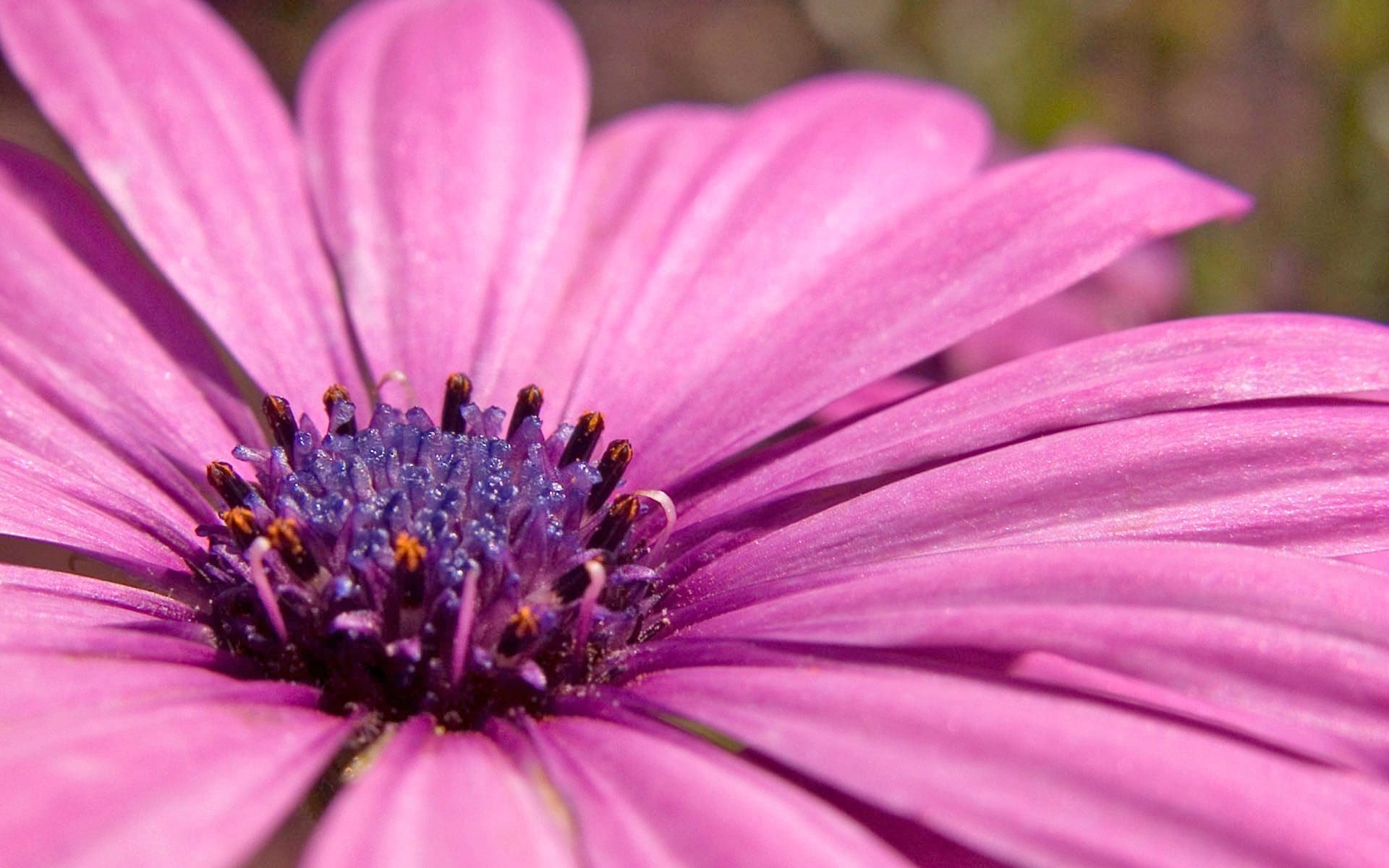
Conclusion
We have used this method for many of our clients*, and is a method we teach to clients and University alike. We thought it should have a name. By naming something it becomes something that is recognised.
So there you go – perennial blog post strategy. What are your thoughts? Is this one of those “10 Blog Post Ideas that Will Stink”, or is it a sensible option that agencies and companies should adopt?
Try it out, or have a think and let us know how you get on. Like this post? Reference and link to it!
*You might note that we here at Practically.io don’t have that many posts to play with
References, further reading and copyright
Flower image is from the amazing M Swanson: https://www.flickr.com/photos/embee/with/3472843440/
Further reading
Make perennial blog posting part of your content pruning:
https://yoast.com/content-pruning/
Create a year’s worth of blog posts:
https://www.pinterest.co.uk/pin/682013937291301870/
Plan your blogging year:
https://www.socialmediaexaminer.com/how-to-research-and-plan-blog-content-for-a-year/
How often should you blog?
https://neilpatel.com/blog/5-simple-steps-thatll-help-you-determine-how-often-you-need-to-blog/
Blog post resurrection:
https://neilpatel.com/blog/bring-old-blog-posts-back-to-life-5-strategies-that-work/
Cultivating your yearly blog content
https://www.jeffthomascobb.com/annuals-perennials-cultivating-your-blog-content/
The Four Pillars of Evergreen Content
https://bettermarketing.pub/go-all-in-on-evergreen-this-is-what-perennial-content-looks-like-d0f40e91164a
Love your old blog posts:
https://neilpatel.com/blog/update-old-blog-posts/
Stop writing blog posts:
https://makealivingwriting.com/stop-writing-blog-posts-do-this-instead/



